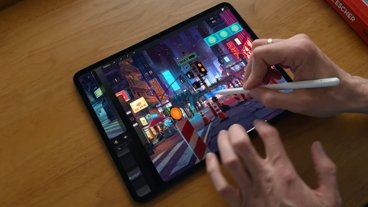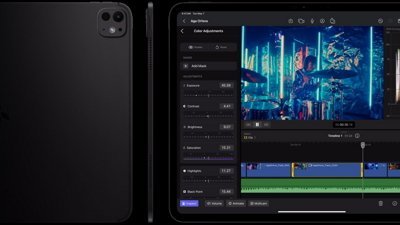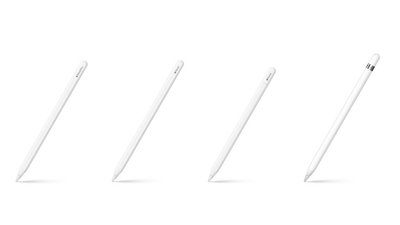Intel and NVIDIA settle patent dispute with 6-year $1.5B deal
According to the agreement, which was announced Monday afternoon, Intel will pay NVIDIA $1.5 billion over the next six years in exchange for access to NVIDIA's patent portfolio, including technology related to GPUs and supercomputers, Ars Technica reports. In turn, NVIDIA will gain access to part of Intel's patent portfolio, such as patents covering microprocessors and chipsets, though the deal excludes proprietary Intel x86 designs and flash memory.
"The cross-licensing agreement allows Intel to integrate NVIDIA technologies and those that are covered by our patents into their CPUs, such as Sandy Bridge, for example," said NVIDIA CEO Jen-Hsun Huang. "And a cross-license allows us to build processors and take advantage of Intel patents for the types of processor we're building—Project Denver, Tegra, and the types of processors we're going to build in the future."
According to the report's author, Jon Stokes, "Intel could use the licensing agreement to produce a Sandy Bridge successor with an on-die GPU based on NVIDIA technology."
Huang revealed Monday that the company has no plans to produce further Intel-compatible chipsets, despite the settlement. NVIDIA will instead focus on ARM-based processors such as its Tegra system-on-a-chip for mobile devices and the newly announced "Project Denver" CPU for desktops. Microsoft recently announced that Windows 8 will run on the ARM architecture, which could provide NVIDIA with the opportunity needed to challenge Intel in the PC market.
The deal settles a heated patent dispute between the two chipmakers. In February 2009, Intel sued NVIDIA to block it from developing compatible chipsets for next-generation Intel processors, claiming that a patent-licensing agreement between the two companies did not extend to processors with integrated memory functionality.
NVIDIA struck back with a countersuit, arguing that Intel had "manufactured this licensing dispute as part of a calculated strategy to eliminate NVIDIA as a competitive threat." Later that year, NVIDIA announced that it was placing development of future hardware on hold until its lawsuits with Intel were resolved.
The patent dispute has adversely affected Apple, which has preferred Nvidia's discrete graphics chips over Intel's integrated graphics. The Cupertino, Calif., Mac maker even developed its own proprietary graphics switching solution to alternate between the NVIDIA GPU for peak performance and the integrated Intel graphics for energy saving. Apple first abandoned Intel's chipsets for NVIDIA's in its MacBook line in October 2008.
Reports emerged in December of last year that 2011 MacBook models with screen sizes of 13 inches and under will use dedicated graphics on Intel's Sandy Bridge processor instead of including an NVIDIA GPU.
Intel formally unveiled its new Sandy Bridge product line at last week's Consumer Electronics show. In response to high interest from chip buyers, Intel has accelerated production of its Sandy Bridge chips. Apple is expected to begin incorporating the line into its Macs in the first half of this year.
 Josh Ong
Josh Ong












 Wesley Hilliard
Wesley Hilliard
 Mike Wuerthele and Malcolm Owen
Mike Wuerthele and Malcolm Owen
 William Gallagher
William Gallagher
 Amber Neely
Amber Neely

 Malcolm Owen
Malcolm Owen

 Andrew Orr
Andrew Orr









18 Comments
Why doesn't Intel just buy NVIDIA, their own graphics chips are crap & AMD has ATI.
So... Who won?
(I know who lost!)
So, basically, a $1.5B licensing deal. I bet they are popping some corks at Nvidia.
So... Who won?
(I know who lost!)
Lawyers... of course...
How many billion dollar payoffs can one corporation get before they get criminal activities filed against them?
Corporate Espionage needs to become a felony. This is a joke. They paid off Digital, AMD and now Nvidia.